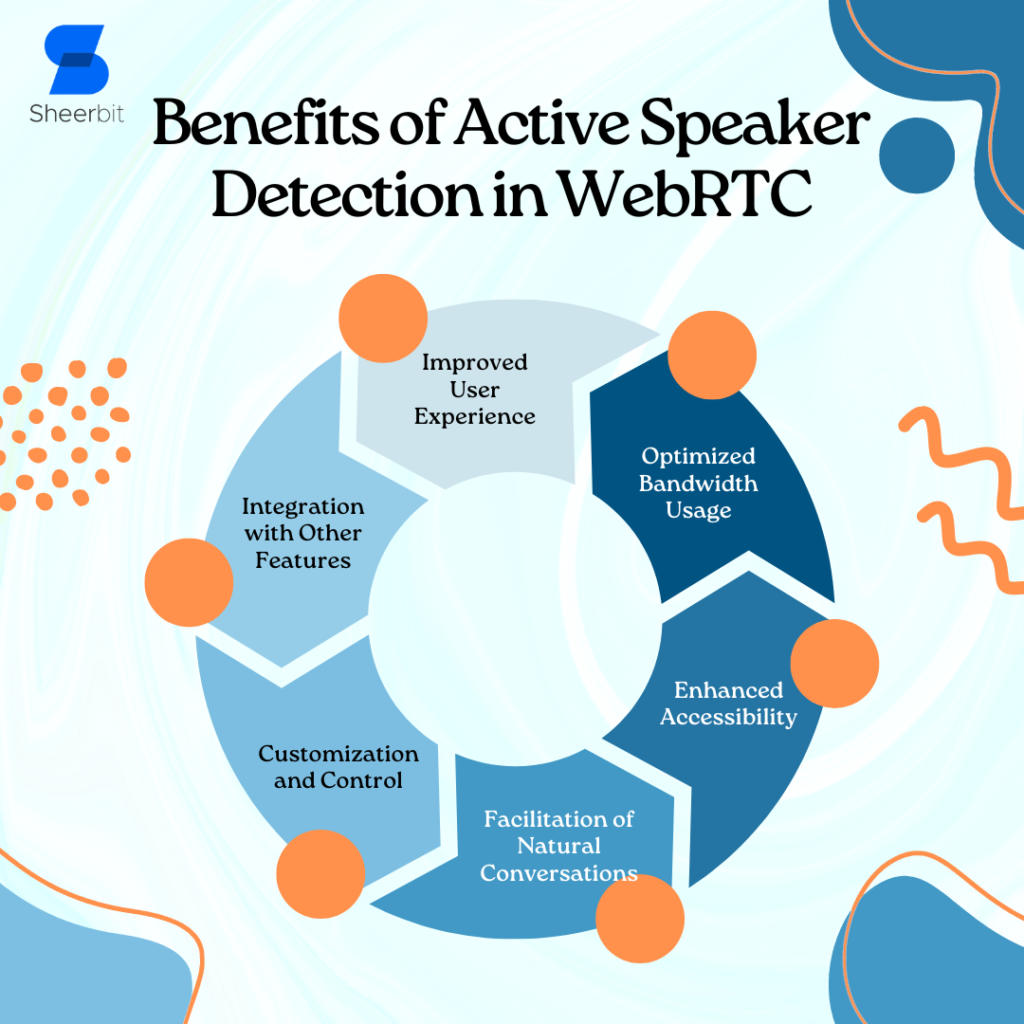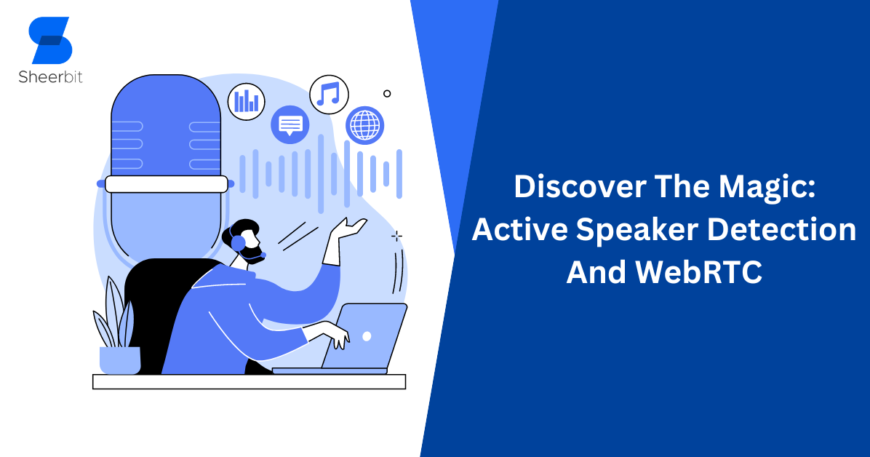The modern digital era has changed communication into a dynamic combination of virtual cooperation and in-the-moment exchanges. A key player in this development is WebRTC (Web Real-Time Communication), which is changing the face of online meetings, conferences, and chats. With its cutting-edge capabilities, we can connect in new ways and have smooth interactions even when we’re far apart. Among these functions, Active Speaker Detection (ASD) is particularly noteworthy as a source of effectiveness and transparency. ASD enhances engagement and promotes smooth communication flow by leveraging the power of technology to identify and highlight the current speaker in multi-party interactions.
By offering a versatile platform that can be adjusted to satisfy the many needs of modern users, WebRTC has fundamentally altered the virtual communication scene. In particular, ASD is the perfect example of how this technology may change lives. ASD breaks down conventional barriers to communication by dynamically detecting and promoting the active speaker, keeping participants engaged and connected. In today’s connected world, this creative feature not only makes talks more efficient but also improves productivity and cooperation, opening the door to more meaningful and productive relationships.
Understanding Active Speaker Detection (ASD)
A complex algorithm called “Active Speaker Detection” is included in WebRTC-capable systems to determine who is speaking at any given time during a conference or call. Traditionally, it has been difficult for participants to understand one another during multi-party talks, which has resulted in misunderstandings, disruptions, and general inefficiency. By automatically identifying the active speaker in real-time, ASD addresses this issue and improves communication in general.

How ASD Works
ASD analyses audio streams and identifies the active speaker by utilizing machine learning algorithms and sophisticated signal-processing techniques. This procedure includes:
1. Audio Stream Analysis:
Every participant’s audio streams are continuously analysed to detect energy levels, speech patterns, and other relevant information.
2. Speaker Identification:
Based on variables including speech patterns, frequency of speaking, and voice characteristics, ASD uses machine learning algorithms to identify the speaker.
3. Real-Time Updates:
ASD dynamically updates the active speaker status as the discussion continues, guaranteeing correctness and dependability even in quickly changing situations.
Benefits of ASD in WebRTC
Several advantages result from the use of Active Speaker Detection in WebRTC, such as:
Improved User Experience:
Due to the emphasis on the active speaker, communication with ASD is more fluid and transparent, which reduces ambiguity and increases engagement.
Optimized Bandwidth Usage:
Smoother and more efficient communication is the outcome of less overall bandwidth requirements, particularly in low-bandwidth situations when bandwidth is focused on the active speaker.
Enhanced Accessibility:
Users with visual impairments might benefit from ASD while utilising the communication platform in situations where visual attention is limited, such as when driving or multitasking.
Facilitation of Natural Conversations:
ASD encourages natural conversation dynamics by ensuring that everyone can quickly recognize the speaker, encouraging more fluid turn-taking and decreasing interruptions.
Customization and Control:
In order to improve user control and happiness, WebRTC platforms may employ ASD to provide users with customizable options. For example, users can choose alternative visual signals for the current speaker or change sensitivity levels.
Integration with Other Features:
ASD may be readily integrated with other WebRTC features like echo cancellation and noise reduction. Which further enhances the overall quality of the discussion.
Real-World Applications
There are numerous and extensive uses for Active Speaker Detection in WebRTC:
Video Conferencing:
By emphasizing the speaker in multi-party video conferencing, ASD makes it easy for participants to follow along, which promotes improved cooperation and decision-making.
Online Education:
ASD assists teachers in identifying the active speaker in online courses and virtual classrooms, promoting more seamless interactions and sustaining student interest.
Remote Collaboration:
ASD simplifies communication, allowing for easy exchanges of ideas and comments between participants in virtual workshops or distant teams.
Customer Support:
ASD helps agents in customer care applications identify the speaker during support calls. Which speeds up response times and enhances the standard of service provided.
Conclusion: Embracing the Magic of Active Speaker Detection and WebRTC
Active speaker detection represents a major advancement in online communication. By smoothly integrating this technology into WebRTC-capable systems, we may open up new possibilities for improved accessibility, efficiency, and engagement.
ASD serves as a light of innovation, enabling us to connect successfully regardless of location or situation. As we continue to embrace the digital age and explore new paths of virtual engagement. Ready to experience the seamless communication magic? To improve your communication experience, get in touch with us right now for Active Speaker Detection Development Using WebRTC!





